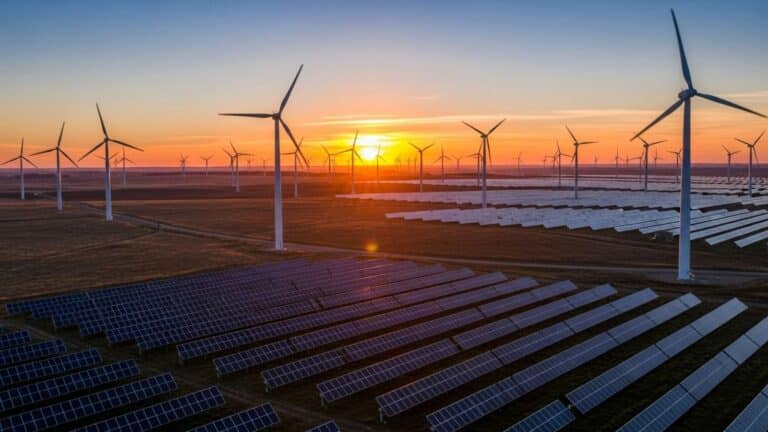A New Unifying Issue: Just About Everyone Hates Data Centers
Recent election results and evidence from states show misgivings about the growth of AI and the ramifications for energy costs and the environment.
Current Access Level “I” – ID Only: CUID holders, alumni, and approved guests only
External Publications by Erica Downs • December 12, 2018
The China-Russia energy relationship is more robust than it has been at any other time over the past decade. Russia’s crude oil exports to China more than quintupled between 2008 and 2017, with the country displacing Saudi Arabia as China’s top crude supplier in 2016. Meanwhile, Russia is poised to become a major supplier of natural gas to China within the next decade as new export projects commence operations and ramp up to full capacity. This paper analyzes the factors that have contributed to this strengthening relationship, with a focus on the strategic provision of capital by Chinese financial institutions to Russian energy companies both to secure large-volume, long-term contracts for oil and natural gas supplies and to develop the infrastructure to deliver them to China. This paper also examines the emergence of new Chinese crude importers as a secondary driver of the deepening China-Russia energy relationship.
The fashion industry sits at the intersection of climate, energy, and consumption, facing growing pressure to cut emissions, transition to clean energy, and build circular systems across global supply chains.

Carbon credits are emerging as a key tool for companies to meet a number of objectives, including emission-reduction targets, compliance obligations, investor expectations, and disclosure requirements.

The Trump administration is increasingly using equity investments as a tool of industrial policy to support domestic critical minerals supply chains.

Full report
External Publications by Erica Downs • December 12, 2018